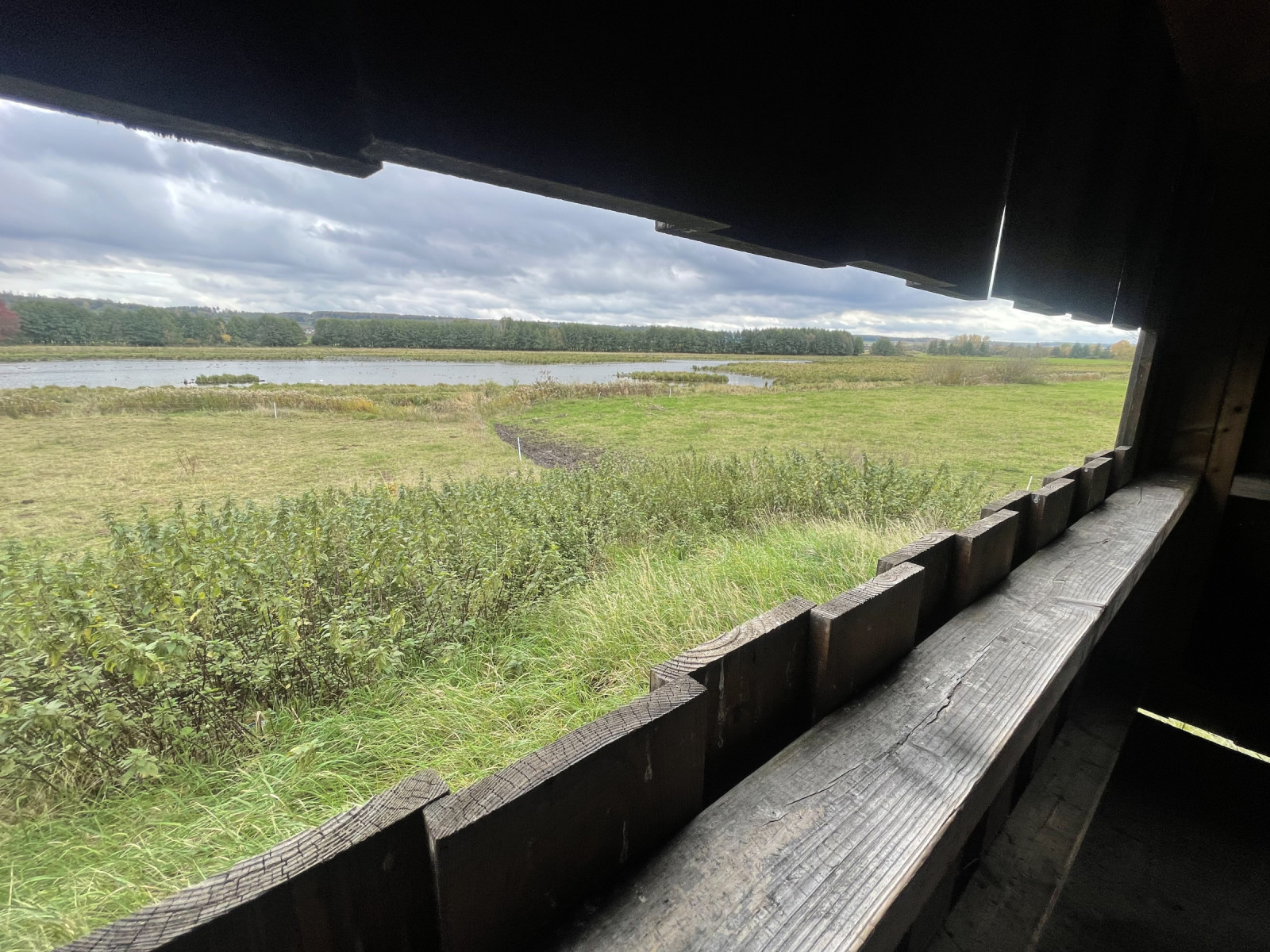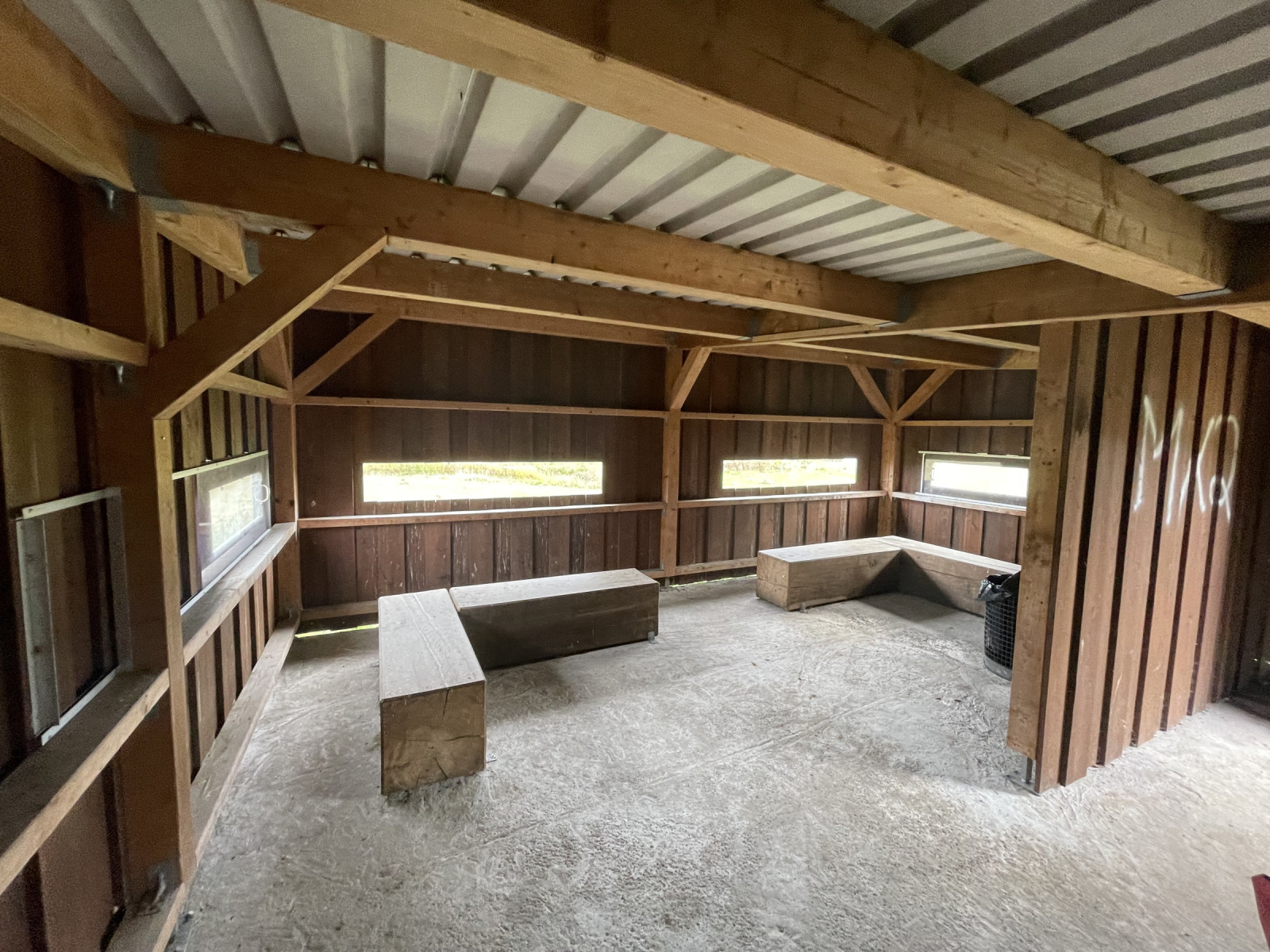Beschreibung
The nature reserve Nachtweid von Dauernheim is one of the oldest in the Wetterau with large sedge meadows. Measures have been taken to increase its habitat diversity. The nature reserve is one of the best habitats for rails in the Wetterau. Wasserralle and Tüpfelsumpfhuhn are regularly recorded here. Kleines Sumpfhuhn can also be heard irregularly. The frequency of the rails (Sumpfhühner / Porzana and Rallen) depends on the water level in the area. Breeding birds that can be observed here include Teichrohrsänger, Feldschwirl, Blaukehlchen, Bekassine, Graugans and Weißstorch. In winter Pfeifente and other waterfowl are regularly observed alongside Silberreiher and Kormoran. Rotmilan and Schwarzmilan are seen as foraging birds in the summer months.
Details
Zugang
If you arrive by car you can park in Dauernheim or Staden. Press a P on the map for directions to a parking spot. The nearest bus stop to the north-east is in Dauernheim. From the Langgasse bus stop, walk east along Langgasse, turn south after about 200 metres and walk past the sports field to the road. Cross the road there. The path to the observation post leads 700 m to the right at the Niddabrücke bridge and then 1.7 km on the high ground keep to the left. From this high trail, observations can already be made in the floodplain with a spotting scope. From Staden - Parkstraße stop - follow Parkstraße northwards to the end of the village at the road over the Nidda and then follow the sign R4 / Hessischer Radfernweg R4 on the left. It is about 1.7 km from the road to the observation post. The Hessian long-distance cycle route R4 and the second stage of the Niddaradweg from Nieder-Florstadt to Schotten pass by the area on the western side.
You can also make a circular walk around the area (about 12 km). This route passes another observation post in the southern part of the area.




